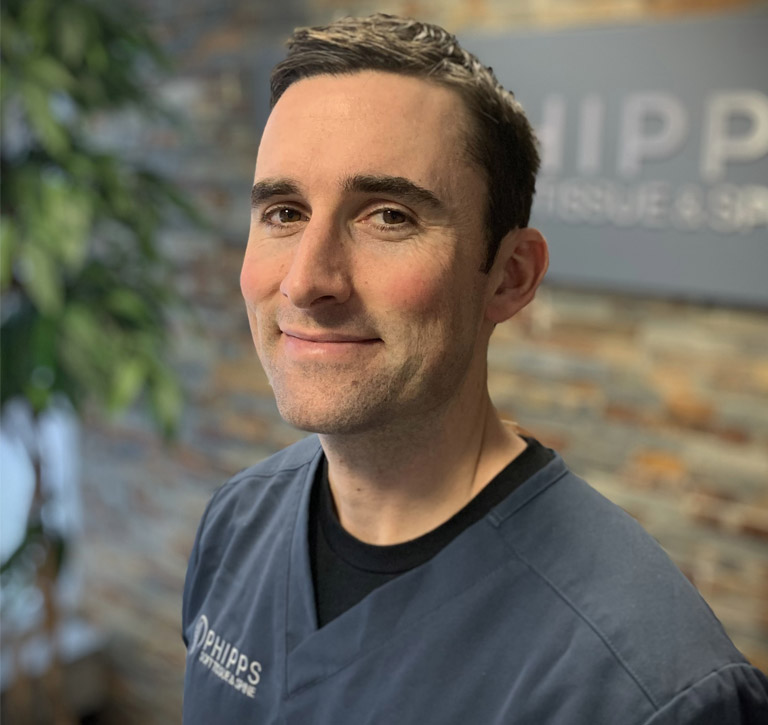Heel Pain
Have you…
Visited other providers with no resolution?
Tried inserts, stretching, exercises and rest?

Common causes of heel pain are plantar fasciitis, Achilles tendonitis, or heel spurs. Pain usually occurs under the heel or just behind it, where the Achilles tendon connects to the heel bone. At times, it can affect the inner or outer side of the heel and foot.
Plantar fasciitis typically causes pain that occurs under the heel along the bottom of the foot. But if you are experiencing pain behind the heel, it is usually Achilles tendonitis.
What is a heel spur?
A heel spur is a calcium deposit causing a bony protrusion on the underside of the heel bone to develop over a period of time, usually many months-years. Common causes of heel spurs are strains on foot muscles and ligaments, stretching of the plantar fascia, and repeated tearing of the membrane that covers the heel bone.
Usually, heel spurs are common among athletes whose activities involve running and jumping. Heel spurs often cause no symptoms but can be associated with intermittent or chronic pain – especially while walking, jogging, or running – if inflammation develops. Typically, the cause of the pain is not the heel spur itself, but the injured soft tissues surrounding it.
Heel Pain Treatment Plan From Dr. Phipps*
Our treatment plan is to reduce adhesions in the muscles located in the foot and calf. This will allow the muscles to function normally and take the strain off of the plantar fascia. Muscle adhesion is the most common source of pain and stiffness, as well as the most underdiagnosed.
Dr. Phipps is an expert at diagnosing and treating adhesions, and he’s able to localize and break down adhesions using his hands and shockwave treatments. Reducing the adhesions will restore normal strength, flexibility, and movement, therefore eliminating pain and improving the performance of the muscle.
About Dr. Phipps – Soft Tissue Specialist
- Dr. Phipps graduated 1st in his class and has spent the last 13 years focusing on the treatment of soft tissue injuries, as well as various types of pain.
- He has seen many labels given to heel pain in his experience treating patients in Williamsville, NY. Self-diagnosing your condition or relying on ineffective treatments such as stretching, exercises and massage will only delay the appropriate treatment you need and could make your condition worse.


*Please note that every patient is different. These tips are for educational purposes only, and do not substitute for medical advice. Please consult with a medical or healthcare provider, such as Dr. Phipps, for specific diagnosis and treatment advice.

